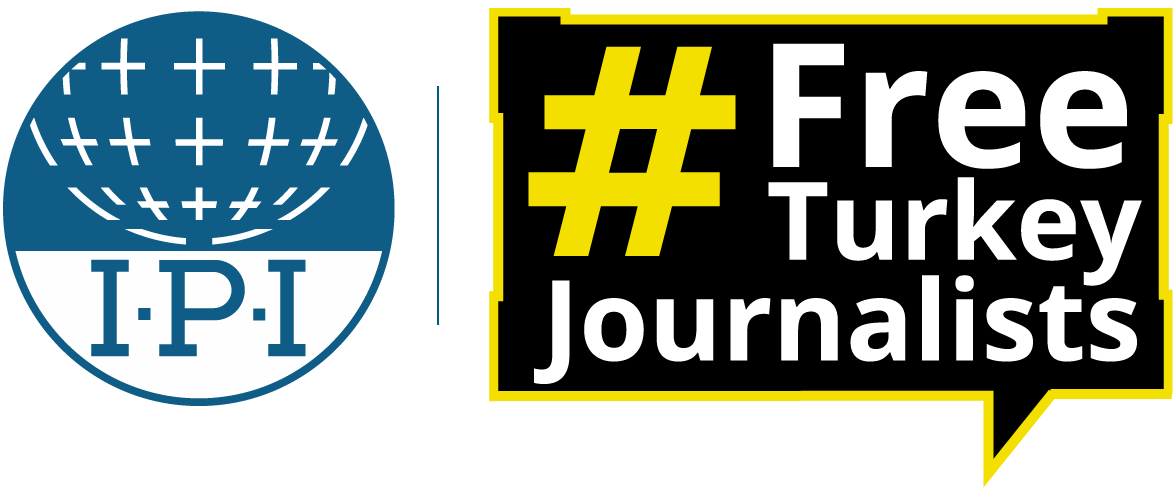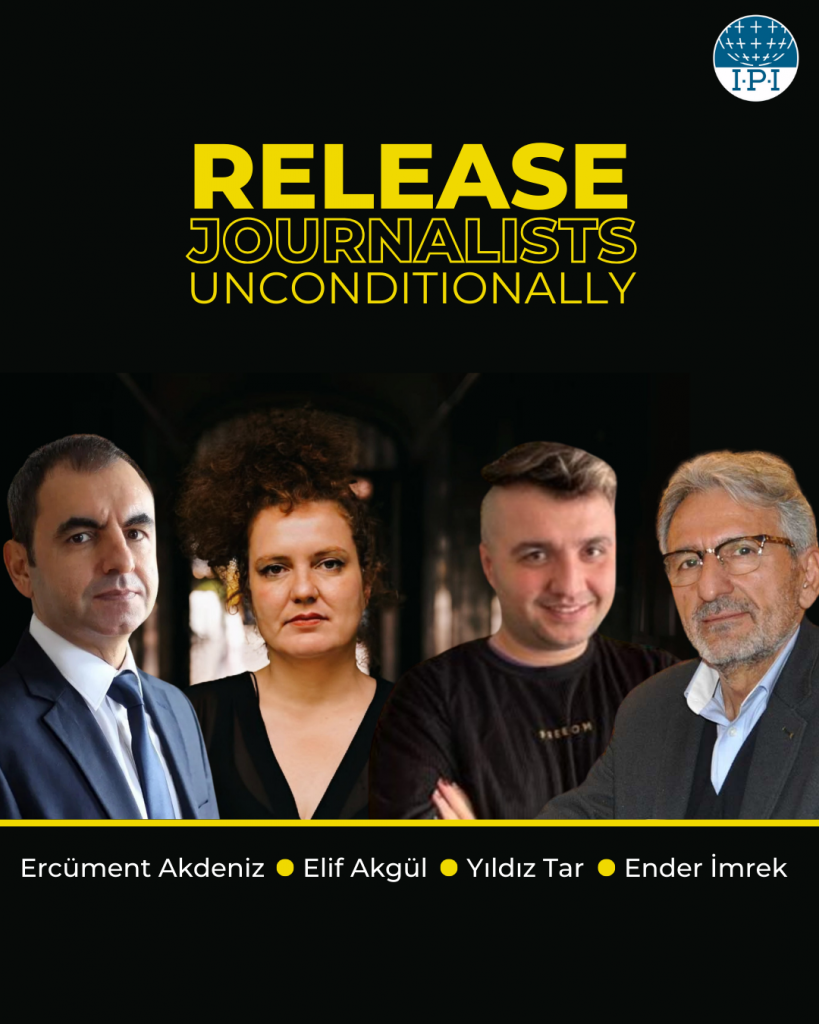Peace journalism is one of the constructive ways to approach news. In the early 2000s in Turkey and Northern Cyprus, some journalists began to integrate this approach into their work. Journalists Sevgül Uludağ and Tony Angostiniadis were among those journalists who embraced peace journalism in their reporting. At present, independent news outlet bianet applies the concept of peace journalism to its coverage of domestic violence against women as part of its wider rights-based reporting. Let’s take a look at how peace journalism and rights-based journalism intersect on the subject of the more general constructive approach to reporting on the plight of conflict-affected people.
Johan Galtung, the founder of the Oslo International Peace Institute, which investigates the processes that bring societies together and separate them, was the first person to put forward the concept of “peace journalism”. This journalistic approach aims to report on events such as conflict and war in a balanced way while providing a critical perspective against the narrative that tends to perpetuate conflict in mainstream news media. According to Galtung, peace is the absence of conflict and the minimization of injustices that can cause conflict in a society.
Within the landscape of Turkey’s news media, there was a period when the principles of peace journalism were embraced, as Sevda Alankuş, a consultant for bianet and professor of journalism theories and ethics, recalls:
“The peace journalism approach was once among the news principles of a major mainstream publishing company, Doğan Yayın Holding. The adoption of peace journalism within this company paved the way for Faruk Bildirici, the media ombudsman at Hürriyet newspaper, a well-known mainstream print newspaper, to title his article, ‘Now is the time for peace journalism’ in his column on 1 August 2010.”
Although Alankuş views this as a progressive development, she emphasizes that it failed to solidify peace journalism as a permanent journalistic approach within Turkey’s news media. Despite the subsequent decline in the popularity of peace journalism, Alankuş notes that certain alternative news organizations, such as bianet, along with a handful of academics, continued benefiting from this approach in their work.
Peace journalism’s popularity in the mainstream media was primarily driven by the Turkish government’s “peace process”, said Alankuş. This policy was developed to bring a solution to the Kurdish conflict through dialogues between the government and the Kurdistan Workers’ Party (PKK). “As the government stepped back from the policy, the news media reverted to its prior state, regressing even further and adopting a conflict-provoking stance”, Alankuş added.
“If it bleeds it leads”
Alankuş believes that if news value is solely assigned to conflicts and framed with a bias toward one side’s righteousness, it inadvertently normalizes the looming threat of war. “In the conventional framework of “good journalism”, events causing disruptions in everyday life are deemed newsworthy. Is this inherently flawed?”, asks Alankuş. “Not necessarily. However, if news value is exclusively molded around topics that fuel conflict, it normalizes the imminent threat of war”, she underlines.
The selection of news sources plays a vital role in peace journalism!
Alankuş emphasizes the significance of carefully selecting news sources. She highlights that in mainstream media, particularly in the coverage of conflicts, information often comes from military spokespeople and official authorities, a practice that hinders the potential for promoting peace. She stresses that opting for news sources among the groups most affected by the war — such as women, children, and disabled individuals — would bring coverage much closer to the ideals of peace journalism.
Alankuş notes that during the 2000s, there were journalists in Southern and Northern Cyprus actively embracing peace journalism in their reporting. She recounts the best examples from that period as follows:
“Journalist Sevgül Uludağ was able to trace the losses of both sides and skillfully report from both sides of Cyprus, a nation divided into the Turkish Republic of Northern Cyprus and the Greek Administration of Southern Cyprus. She uncovered mass graves without allowing feelings of resentment and hatred to overshadow her reporting. Similarly, Greek Cypriot journalist Tony Angostiniadis delved into his own investigation. He produced a documentary on the massacres in the villages of Muratağa and Sandallar, led by EOKA-B (National Organization of Greek Cypriot Fighters-B), a group aiming to end British colonial rule in Cyprus and advocate for eventual union with Greece.”
Bianet’s rights-based peace journalism approach
Now that we’ve seen a best-practice example from the past, let’s take a look at an example from the present, namely, the reporting of independent media outlet bianet. Evrim Kepenek, bianet Women’s and LGBTI+ rights editor, points out that the approach of rights-based journalism is well established at bianet, and the language and visuals employed in the news are tailored to support and enhance this type of journalism.
While mainstream news media commonly uses the term “femicide” to describe cases involving the killing of women by men, bianet opts for the term “male violence”. Many news media outlets typically rely on the courthouse or police reports to cover such incidents. In contrast, bianet takes a different approach by using the statements from the victim’s family as a primary source.
“News articles refrain from including photographs of women who experienced violence or loss in their lives”, Kepenek says. Addressing women’s issues, bianet’s coverage revolves around the firsthand experiences of both the victims and their families. “Our reporting style is dedicated to examining events through their perspective”, she says.
Kepenek emphasizes her own experience with bianet’s stance when approaching the news sources. She mentions that bianet’s reporting provides space for women instead of making them feel overwhelmed by the questions of a journalist.
She adds: “Several women I interviewed in the past withdrew their testimonials before they’re published. While this may be deemed unacceptable for a lot of the news media companies, at bianet we have an understanding and respect for the privacy of our news sources.”
Kepenek also acknowledges the challenges inherent to her job: “Rights-based journalism can be tough. It’s like walking on eggshells. As a journalist, you strive to avoid using commonplace language. On the one hand, as a journalist, you want your news to reach a broader audience. On the other hand, you are deploying a journalistic approach that has a focus on human rights and you aim to respect the privacy of women and other vulnerable groups who have been victims of violence.”
In addition to these challenges, Kepenek also highlights the psychological toll that her job can bring, as the stories shared by women sometimes intensify her own sense of vulnerability. “I can see how easily violence reaches women. I know that women and children are left unprotected in the face of violence and these stories have to be told. When I am psychologically worn out, I create other areas where I can relax outside of work.”
“Sometimes, the mere thought of writing becomes a great challenge to overcome. After talking to these women, I cannot write for two to three days. I keep seeing them in my dreams. When it gets dark in the evening, I start to feel unsafe knowing that women and children are not protected.”
Kepenek believes that reporting about the violence against women is crucial. She elaborates as follows: “I think it is important to bring these issues to the public’s attention. Besides, this seemingly negative news can also bear fruit for these disadvantageous groups in gaining their rights. For instance, a young woman, previously a victim of abuse, was featured in my reporting. She later graduated from a university, became a lawyer and a passionate advocate for child abuse prevention. At this point, I think that solution-oriented journalism is a journalistic approach that goes hand in hand with rights-based journalism.”
Bianet’s advocacy for rights-based peace journalism changed academia
According to Alankuş, disadvantaged groups in society lack motivation to read the news. She asserts that unless the news covers their pursuit of rights and its accomplishments, these groups will persist in avoiding it.
“Why should Syrian refugees read newspapers? Merely to reaffirm the insults and threats made against them? Why should women read the news? Simply to be reminded yet again that violence is inevitable, and to witness the heartbreaking scenarios where women are tragically killed by their partners, in the presence of their children?”, Alankuş asks.
Emphasizing that rights-based journalism has become an editorial standard at bianet, Alankuş believes that bianet has not only established a model but has also demonstrated to the news media that it is feasible to adopt peace journalism with a focus on rights.
“Bianet’s journalism workshops and the peace journalism handbook have attracted attention in academia. Women, children, and gender equality-focused courses have been integrated into the curricula of numerous university departments. This shift has also encouraged the initiation of academic articles and theses exploring various facets of these crucial topics.”



